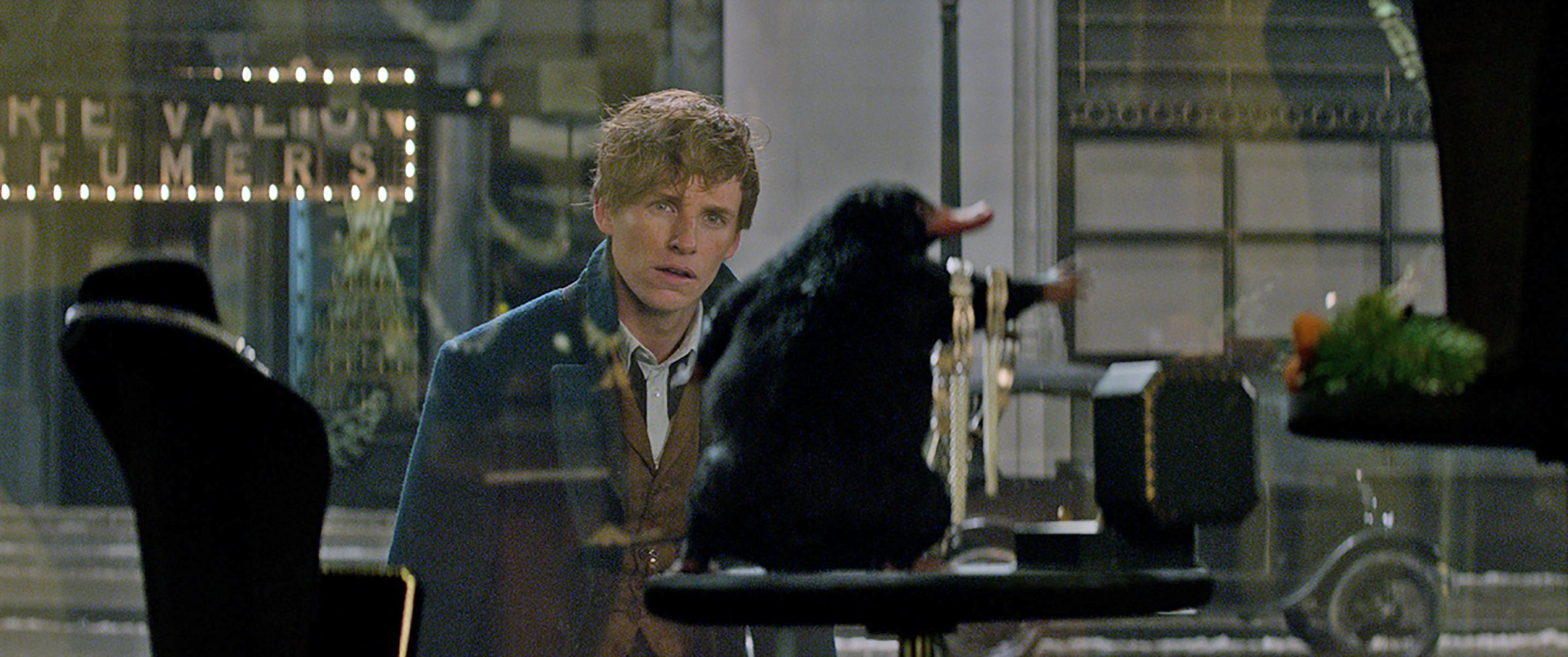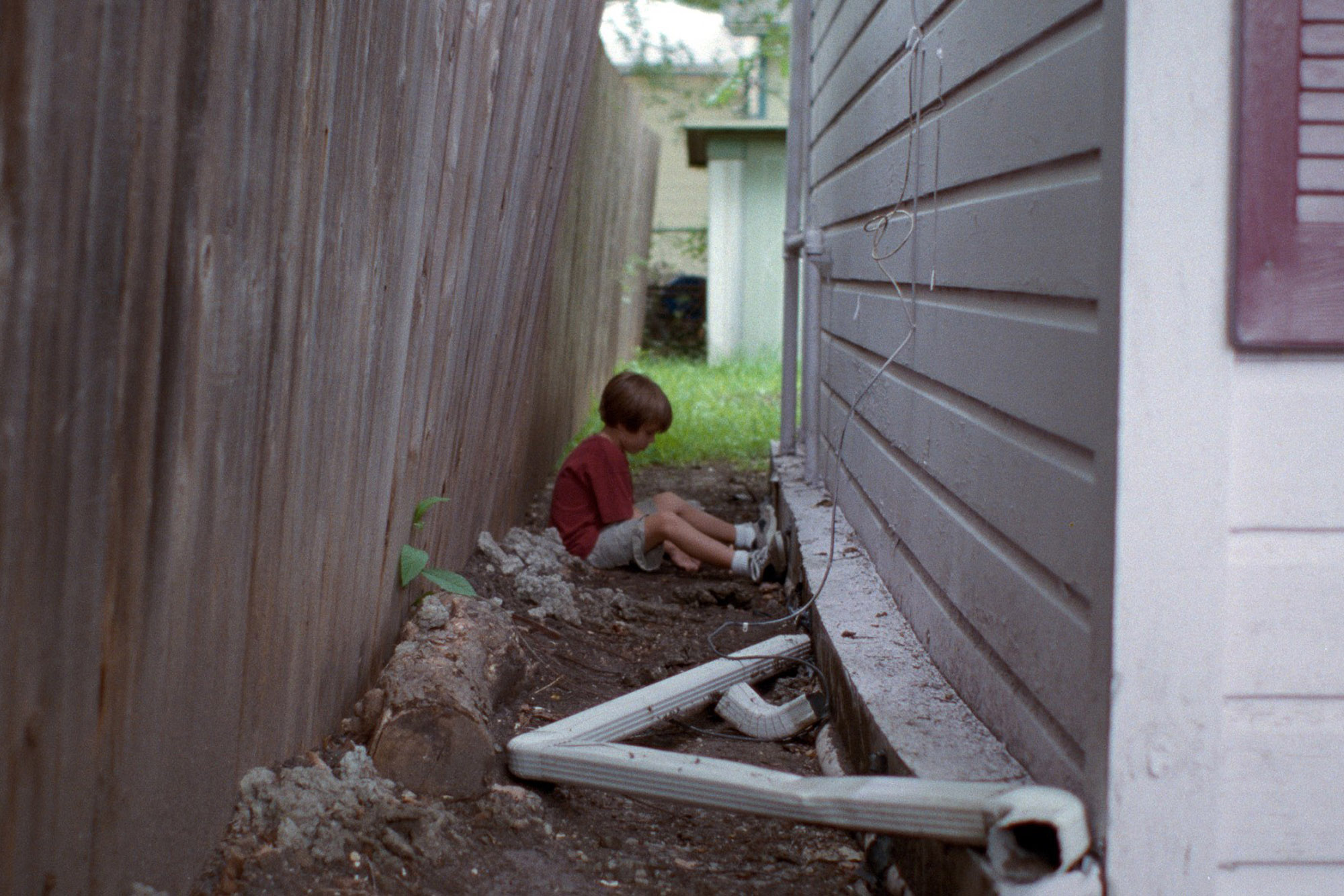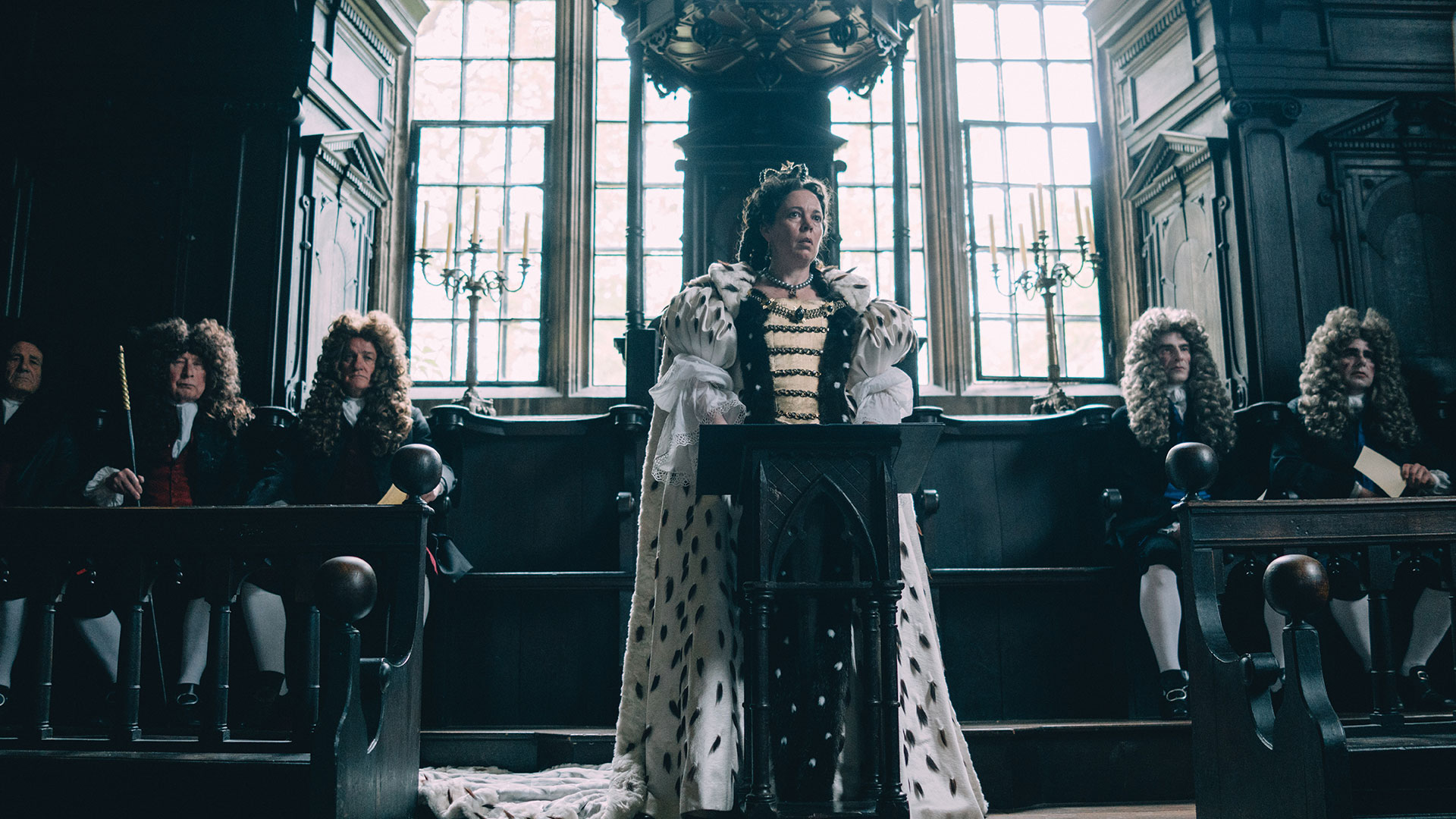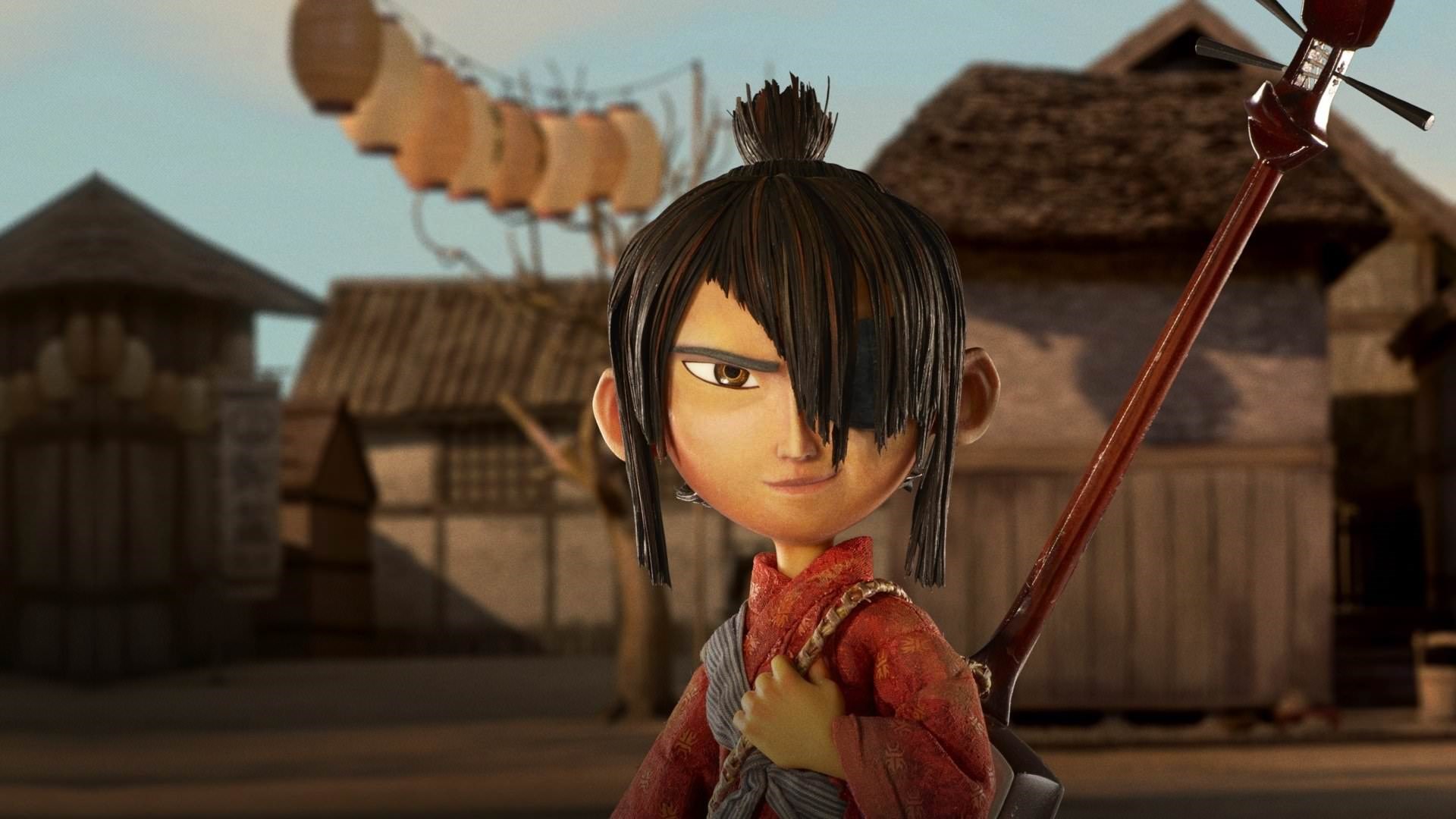
Kubo shares a cave with his sick mother, whom he takes care of every morning and evening. In the day, Kubo heads to the local village to weave stories about great samurai warriors, monsters, and fire-breathing chickens. However Kubo has a very special gift, as he tells his story and plays his Shamisen, a Japanese stringed instrument, the paper he brings comes to life in origami replicas of the characters in his story. When Kubo is caught out after dark, against his mother’s wishes, he is transported to an unknown place with unfamiliar faces and has to find the items in his story in order to get back home.
Kubo and the Two Strings was developed by Laika studios, who are also responsible for ‘Coraline’, ‘Boxtrolls’, and ‘Paranorman’. As with all of those films mentioned, the animation looks absolutely stunning, and it’s fair to say that in ‘Kubo’, that is taken up a notch with some great action set pieces, including a giant skeleton, as well as the visual spectacle, the ocean. The animation is second to none and is breathtaking, the use of stop-motion animation adds an extra layer to the story and is a real treat for the eyes.
The story for the most part is simple, with a little extra sprinkle of maturity that really pushes the boundaries of a kids film. The pacing however is whiplash-inducing fast, the film feels frenetic and invokes the feeling as if it were being told by a child, like Kubo, to a captivated audience. While that may be a stylistic choice, it didn’t give the story any room to breathe in order for you to care about characters that are thrown at you ad-nauseum until it all culminates in a ‘final battle’ and as soon as that’s over, like a ship breaking through the storm, the peace sets in and the audience is left with some very sentimental scenes that were executed perfectly.
With such high stakes in a film, the audience needs time to connect to these characters, to truly understand the peril they are facing but the pacing is break-neck and it negatively affects the film and softens any emotional blows the story tries to deliver.
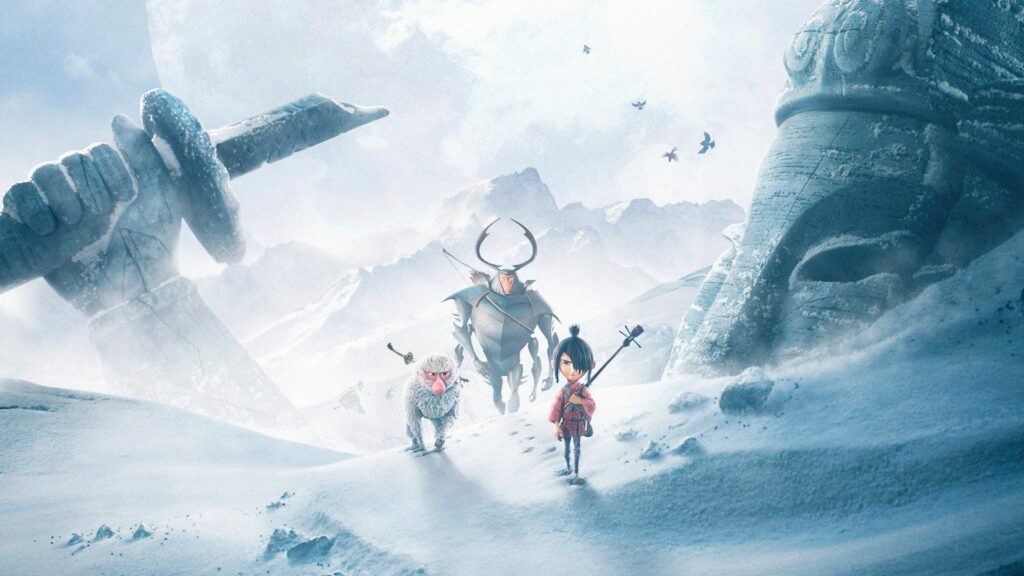
The voice acting, as with every Laika film, is excellent, especially Art Parkinson as Kubo, who is able to deliver his lines with great determination but also the underlying factor that Kubo is still a child and doesn’t really understand how the world works and his naivety towards many problems he comes across. It was an interesting choice to set the film in Japan, use mostly Asian actors for voices but for main characters, have them be played by English and American actors. This could have been done to underline how much different Kubo, and his mother are to everyone else, which if so, worked pretty well.
The film has a few twists which were quite obvious, and even the moments that were slightly more subtle, because of the pacing, they had no great impact on the audience. It was very much a case of “Oh that happened? Okay”.
The cinematography really worked to the advantage of the animation, every scene looked stunning, with a great use of colour palettes and lighting. A lot of scenes looked like paintings come to life, much like Kubo’s magical origami creations, and it was just a joy to sit and watch this piece of art come to life.
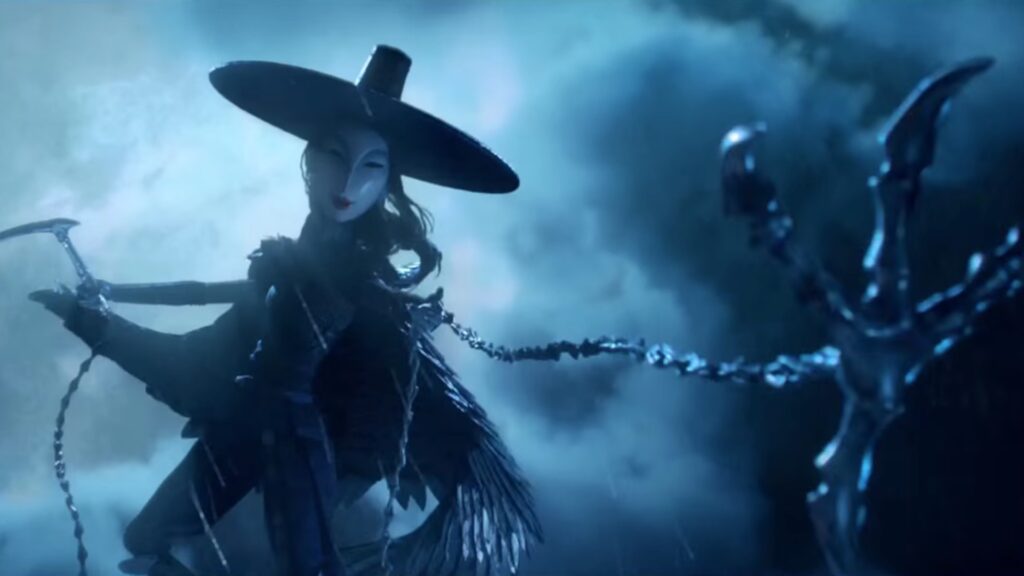
The character design was brilliant, and showed some real care and effort had been put into even the slightest detail. The villains especially were exceedingly sinister for what is a kids film, with devious design features like their masks and robes. The thought that has gone into every single character shows on screen and it’s rewarding to see such craft and care that goes into every character.
7/10
